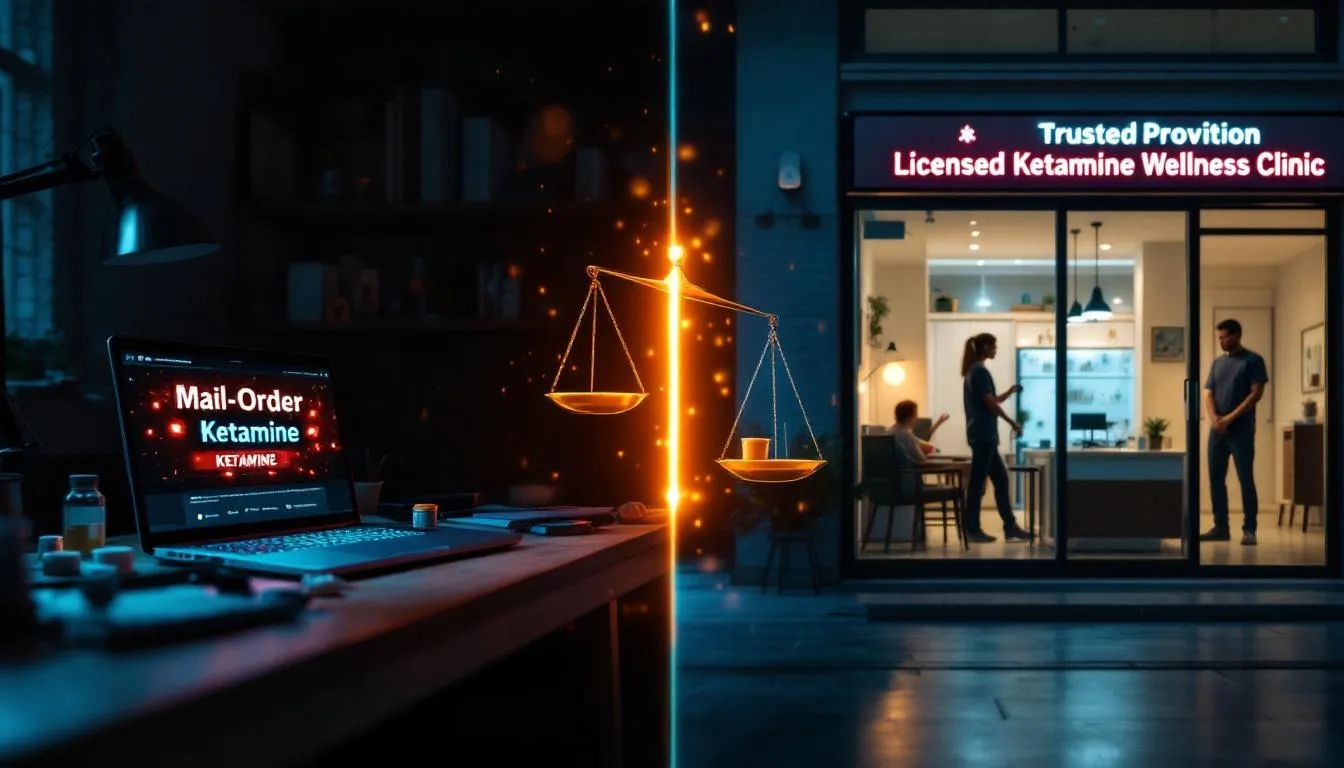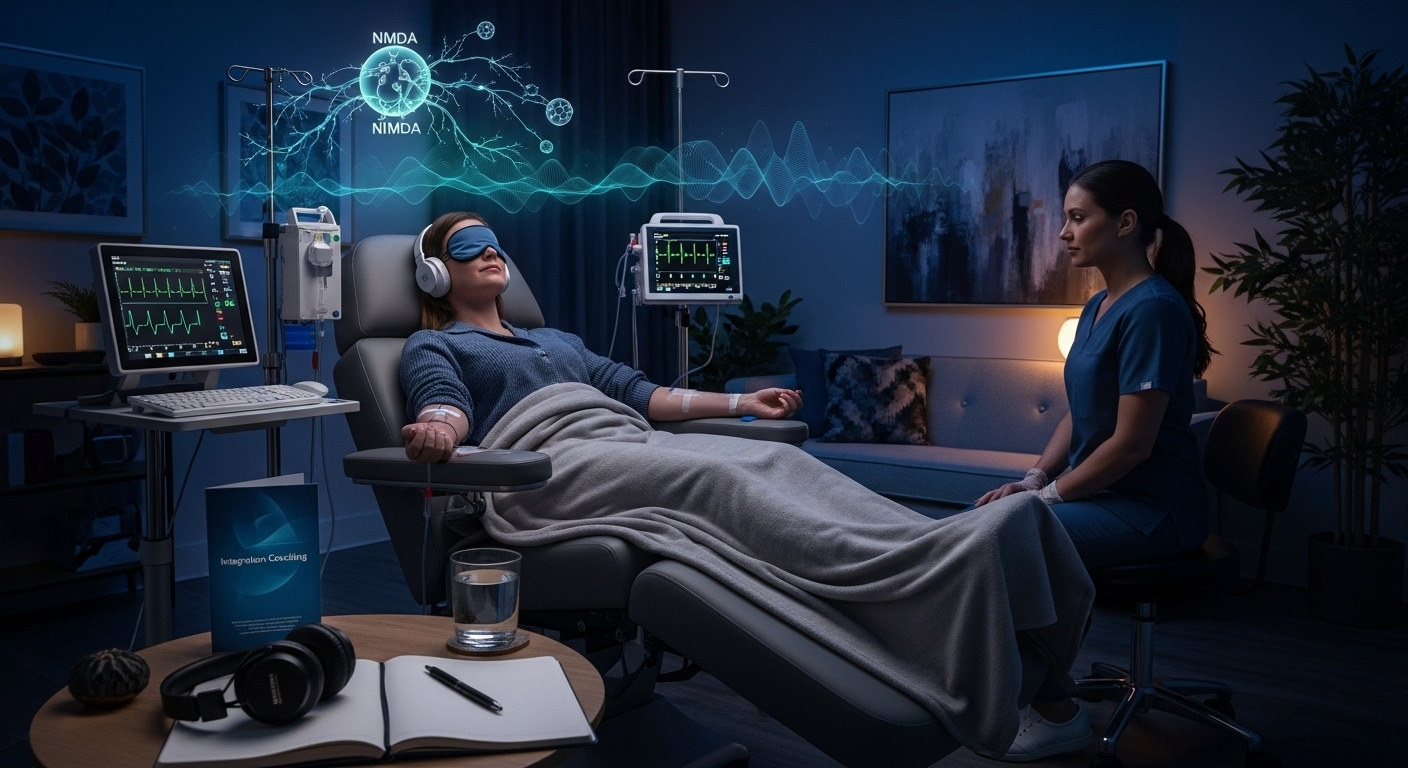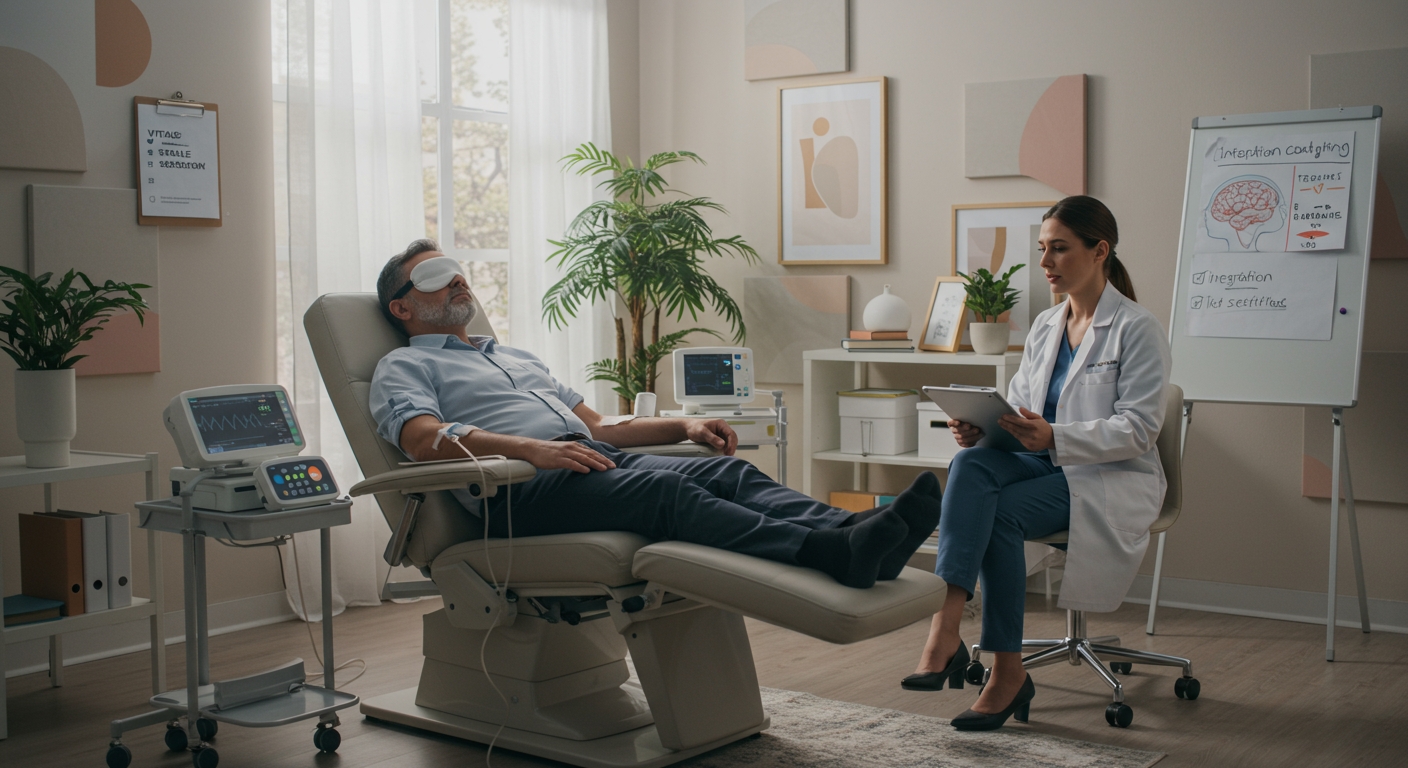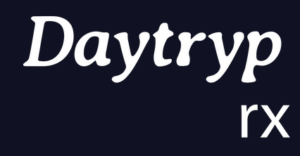Ketamine therapy is transforming mental health care, but prospective patients often worry about the price. This article examines cost ranges, explains insurance coverage, compares in‑clinic infusions to at‑home lozenges, and offers tips for managing side effects so you can make an informed investment in your healing.
Unlike a quick outpatient procedure, ketamine therapy typically involves multiple sessions, integration support, and medical oversight. Prices vary widely, insurance coverage is inconsistent, and it’s easy to feel confused when trying to plan a budget.
Daytryp Health and Psychedelic Wellness offers ketamine therapy programs in Arizona with transparent pricing and membership packages. Single infusions start around $500, and multi‑session packages or memberships provide significant savings.
However, our mission goes beyond price—it’s about offering compassionate care, integration coaching, and a holistic setting that maximizes your results.
To make this guide as thorough as possible, we evaluated our own offerings, compared them with major providers in other regions, examined peer‑reviewed research, and reviewed questions raised in online communities.
What Influences the Cost of Ketamine Therapy?

Several factors determine how much you’ll pay for ketamine therapy:
Geographic location and market demand
The cost of ketamine treatment can differ dramatically between cities and rural areas. Clinics in large metropolitan areas often charge higher fees due to greater demand and higher overhead, while rural clinics may offer more competitive pricing.
Treatment protocols and number of sessions
Most providers recommend a series of six to eight infusions for mental health conditions. Each session adds to the total cost, and clinics sometimes offer package deals that reduce the per‑session price but require a larger upfront payment. Patients who respond quickly may need fewer sessions, while others may require occasional maintenance infusions.
Clinic amenities and staff expertise
Higher prices often reflect comfortable facilities, private rooms, advanced monitoring equipment, and experienced staff. Investing in a skilled provider ensures precise dosing, careful monitoring, and individualized attention.
Ancillary services and ongoing needs
Some clinics bundle psychotherapy or integration coaching with infusions. These services enhance therapeutic outcomes but increase the overall cost. Long‑term success may require occasional maintenance sessions beyond the initial series.
In‑Clinic Infusions vs. At‑Home Lozenges
In‑clinic infusions are considered the gold standard. They provide controlled dosing, continuous monitoring, and rapid relief but cost more because of facility fees and professional oversight. At Daytryp, single infusions start around $500 with discounted packages available.
At‑home options include oral or nasal ketamine. Online services mail lozenges and provide telehealth check‑ins. One self‑directed program advertises monthly costs around $200 (including medication, a prescriber appointment, and a counseling session) while a therapist‑assisted plan with weekly counseling is about $775 per month.
Breakdown of Ketamine Treatment Prices
Understanding each component of a treatment package helps patients budget effectively:
Initial consultation and assessment
Most clinics charge an intake fee to review your medical history and design a personalized protocol. In California, a typical consultation costs about $175.
Daytryp’s initial consultation is built into our membership options, ensuring you receive comprehensive medical and psychological screening without hidden fees.
Cost per infusion and full series
The cost per IV infusion often ranges from $400 to $800. A complete series of six to eight infusions may total $2,400 to $6,400, depending on the provider.
Packages or memberships reduce per‑session costs; at Daytryp, a six‑session package starts at $2,950, and a nine‑session package at $4,250.
In California, some clinics estimate $450–$750 per IV infusion, $800 per intranasal treatment, and $50–$90 per sublingual dose.
Their ketamine‑assisted psychotherapy sessions cost $125–$200 per hour.
Maintenance and follow‑up sessions
After the initial series, many patients schedule maintenance infusions to sustain relief. These sessions are less frequent but still add to the long‑term cost.
Daytryp’s membership plan allows up to twelve sessions per month for $5,450 and includes integration coaching and discounts for additional services.
At‑home program pricing
As noted above, at‑home lozenge programs vary widely. One program’s self‑directed plan is $200/month and includes medication delivery and minimal counseling.
A therapist‑assisted plan costs $775/month and adds weekly counseling and guided dosing sessions. Because dosing occurs outside a clinic, extra sessions may be needed to achieve the same effect, altering the overall cost.
Insurance Coverage and Reimbursement
Ketamine therapy is usually an off‑label treatment when used for mental health, meaning insurance companies often classify it as experimental. As a result, most plans do not cover IV infusions or oral lozenges. However:
- FDA‑approved esketamine (Spravato) is covered by some insurers because it has been specifically approved for treatment‑resistant depression. Each session can still cost $590–$885, so out‑of‑pocket expenses may remain significant.
- You can use Health Savings Accounts (HSA) or Flexible Spending Accounts (FSA) to pay for medical appointments associated with ketamine therapy.
- Some clinics provide superbills so clients can submit documentation to their insurance for partial reimbursement. Daytryp offers superbills and a dedicated team to help you navigate potential reimbursement.
- At our clinic, we plan to offer Spravato treatments to eligible patients once available. Until then, infusions are generally self‑pay; however, some insurers reimburse a portion when documentation is provided.
When evaluating insurance, ask specific questions: Does your plan cover ketamine under mental health benefits? Will it reimburse out‑of‑network providers? Are certain procedure codes required? A good clinic will help you verify benefits and provide supporting documentation.
Financial Assistance and Payment Options
Many patients worry that high out‑of‑pocket costs will prevent them from accessing care. Fortunately, a variety of payment options exist:
- Financing plans and payment programs: Clinics may let you spread payments over time with little or no interest.
- Sliding scale fees: Some providers adjust fees based on income to make therapy accessible to a broader demographic.
- Non‑profit and grant support: Charitable organizations occasionally offer grants or subsidies for qualifying patients.
- Daytryp memberships: Our membership options bundle multiple sessions, integration coaching, and other benefits at a reduced per‑session price. Veterans receive additional discounts.
Regardless of the payment method, transparent pricing is crucial. Choose clinics that clearly outline consultation fees, per‑session costs, and any additional services.
Are the Benefits Worth the Cost?
Cost alone cannot capture the true value of ketamine therapy. Many patients experience rapid relief from depression, anxiety, or chronic pain when other treatments have failed. This rapid response can reduce time off work, hospital visits, and reliance on daily medications.
Research on esketamine indicates that about 43 % of patients achieved remission after 12 months of treatment. By comparison, only 5 % of patients with treatment‑resistant depression achieved remission after trying a third traditional antidepressant.
In Daytryp’s experience, six to eight infusions can lead to profound improvements in mood, sleep, and overall quality of life.
Patients often report a sense of empowerment that encourages them to engage in therapy, exercise, and meaningful relationships. When factoring in improved functioning and reduced healthcare costs, ketamine therapy may be a sound investment.
Side Effects and Long‑Term Safety
One of the most common concerns in forums is whether ketamine therapy carries serious risks. When administered under medical supervision at sub‑anesthetic doses, side effects tend to be brief and manageable:
- Dissociative or altered perception: Patients may feel disconnected from their bodies, experience euphoria, or see vivid imagery. These effects usually dissipate within 10–15 minutes after the infusion.
- Physical symptoms: Temporary increases in blood pressure and heart rate, drowsiness, blurred vision, nausea, and headache are possible. Clinics monitor vital signs and adjust doses to minimize discomfort. Pre‑treatment fasting reduces nausea.
- Emotional responses: Some people feel anxiety or fear during infusions. A comfortable “set and setting” and professional support help manage these emotions.
Less common side effects may include vivid dreams, hallucinations, or mood elevation. These typically resolve quickly when the infusion stops. Rarely, liver damage has been reported in people using high doses chronically.
Long‑term risks primarily arise from recreational or heavy use. Chronic illicit ketamine consumption has been linked to bladder damage, cognitive impairment and dependence. However, these issues are rarely seen at therapeutic doses.
Tips for Managing Adverse Effects
- Choose a reputable clinic: Look for providers that conduct thorough pre‑treatment screenings, monitor vital signs, and have experienced staff on hand.
- Prepare your body: Fast for several hours before treatment to reduce nausea. Stay well‑hydrated, and avoid alcohol or recreational drugs.
- Communicate your medications: Ketamine can interact with benzodiazepines, SSRIs, relaxants, and opioids. Inform your provider about all supplements and medications.
- Create a calming environment: Clinics like Daytryp focus on set and setting—dim lighting, soothing music, and supportive guides help ease anxiety and enhance the therapeutic experience.
- Plan for integration: Ketamine therapy works best when paired with psychotherapy, breathwork, or other integration practices.
- Follow aftercare instructions: Rest after your session, avoid driving, and ask a friend or family member to accompany you. Establish a healthy sleep routine to support recovery.
Conclusion
Ketamine therapy offers hope for people struggling with treatment‑resistant depression, anxiety, PTSD, and chronic pain.
The financial investment can seem daunting, but understanding how costs are structured—and what financing options exist—empowers you to make informed decisions.
Ultimately, the value of ketamine therapy should be measured in improved quality of life, not just dollars spent. Rapid symptom relief, enhanced functioning, and reduced reliance on traditional medications can make the investment worthwhile.
Daytryp Health stands apart by offering transparent pricing, personalized treatment plans, and a supportive environment.
Ready to start your healing journey?
Contact us or schedule your intake to discuss a treatment plan tailored to your needs. Investing in your mental health is one of the most profound gifts you can give yourself—and with the right guidance, the returns can be life‑changing.










 Daytryp Health has taken
Daytryp Health has taken  The
The 